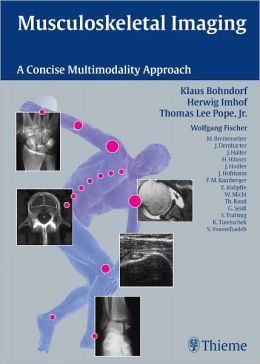-89%
Innovative Spinal Cord Injury Care: Understanding Treatment Advancements
Introduction
Navigating the complexities of spinal cord injury necessitates a comprehensive understanding of the latest advancements in diagnosis, management, and rehabilitation. This comprehensive title delves into the multifaceted aspects of spinal injury care, empowering healthcare professionals with insights into:
Epidemiology and Emergency Evaluation
- Grasping the prevalence and distribution of spinal injuries across different populations
- Mastering the crucial steps in emergency evaluation to stabilize and assess patients promptly
Advanced Radiologic Imaging
- Utilizing cutting-edge imaging techniques, such as MRI and CT scans, to visualize and diagnose spine injuries with precision
- Interpreting radiographic findings to guide treatment decisions
Pharmacologic Management
- Understanding the role of medications in reducing inflammation, relieving pain, and promoting healing
- Properly administering and monitoring pharmacological interventions for optimal outcomes
Surgical Treatment Options
- Recognizing the indications and contraindications for surgical intervention
- Exploring the latest surgical techniques, including minimally invasive approaches
- Assessing the potential benefits and risks associated with different surgical approaches
Rehabilitation Strategies
- Embracing a multidisciplinary approach to rehabilitation, involving physical therapy, occupational therapy, and psychological support
- Tailoring rehabilitation programs to individual patient needs and goals
- Promoting functional recovery and enhancing quality of life
Upper Cervical Spine Injuries
- Comprehending the unique anatomical considerations and treatment challenges of upper cervical spine injuries
- Distinguishing between traumatic and non-traumatic injuries in this critical region
- Managing injuries to the craniocervical junction and atlanto-axial instability
Lower Cervical Spine Injuries
- Assessing the stability and severity of lower cervical spine injuries through thorough examination and imaging
- Employing appropriate immobilization techniques to prevent further damage
- Considering surgical intervention for unstable injuries
Thoracic, Lumbar, and Sacral Injuries
- Recognizing the variable presentations and treatment options for injuries involving the thoracic, lumbar, and sacral regions
- Understanding the biomechanics of these spinal segments and the implications for injury management
- Navigating the complexities of sacral fractures and their potential neurological consequences










Reviews
Clear filtersThere are no reviews yet.